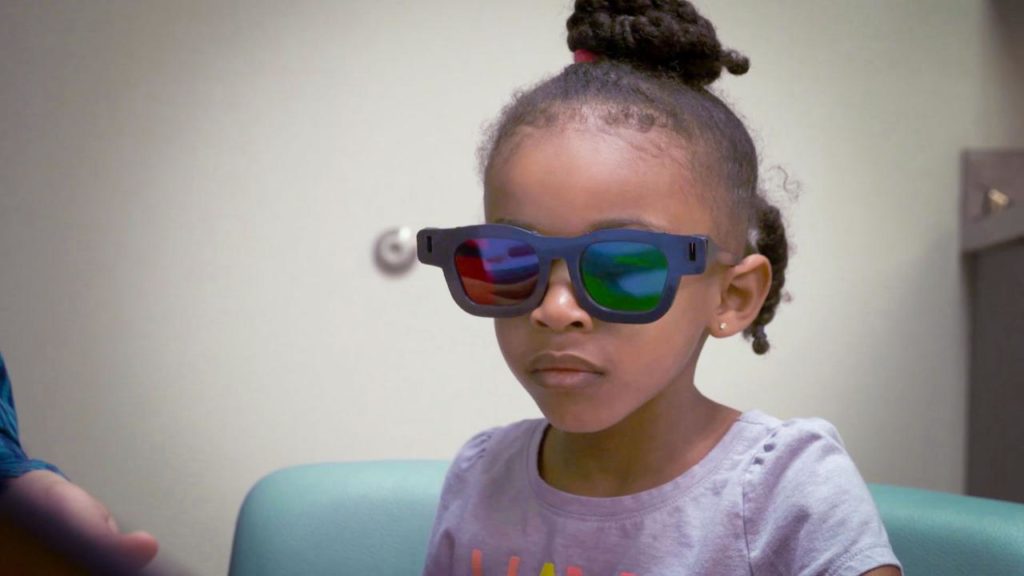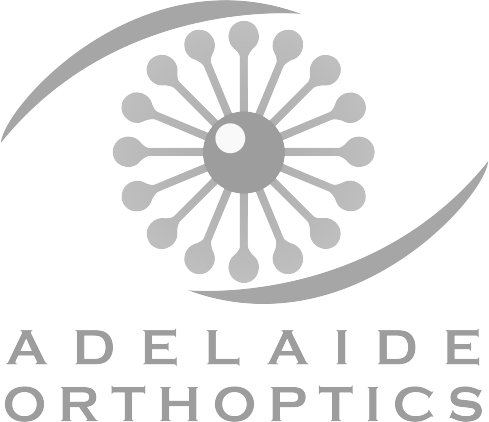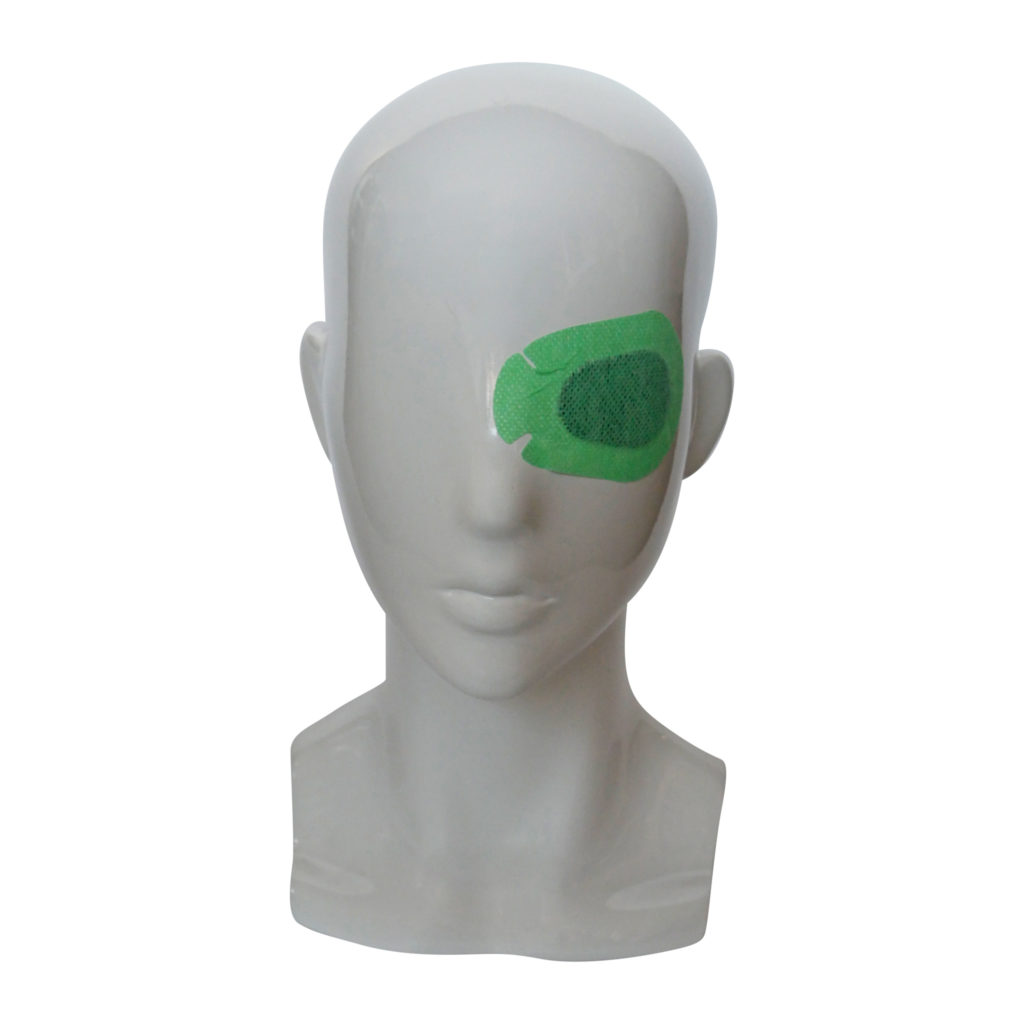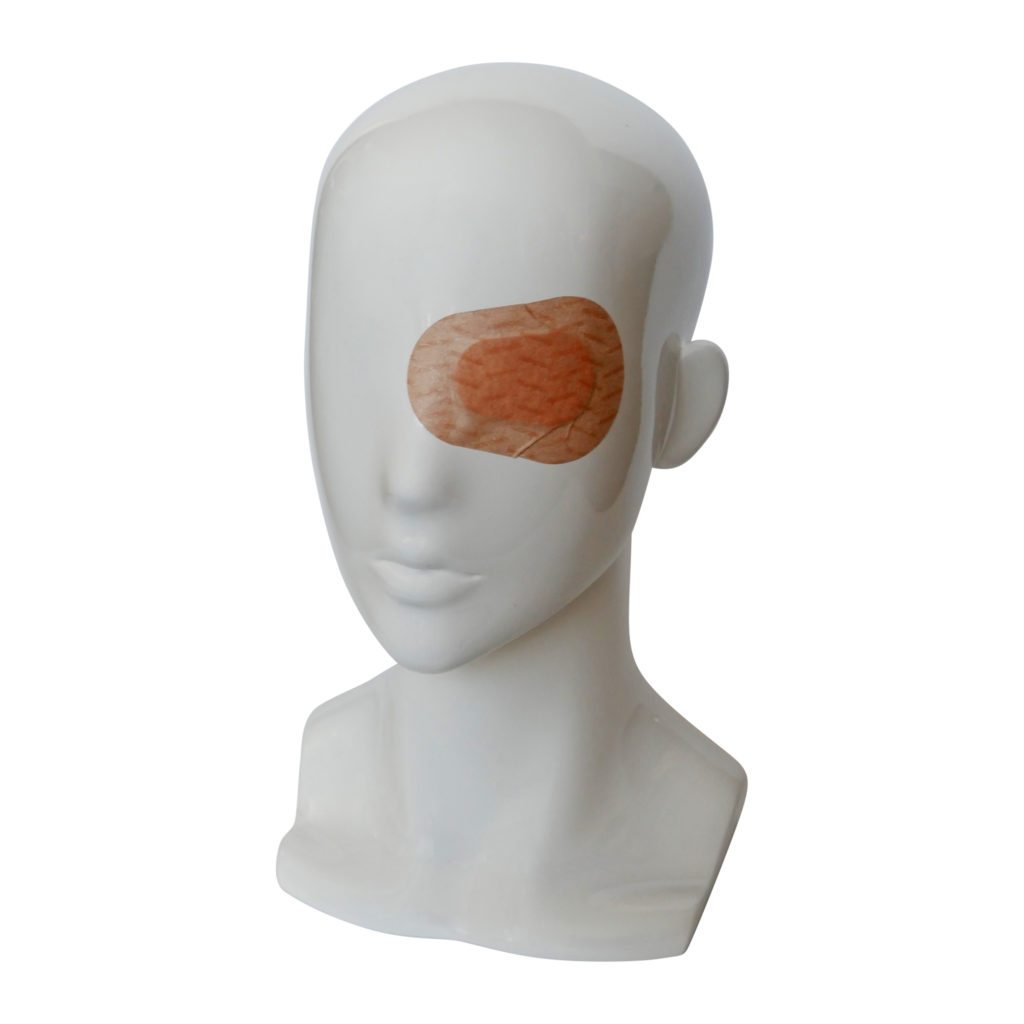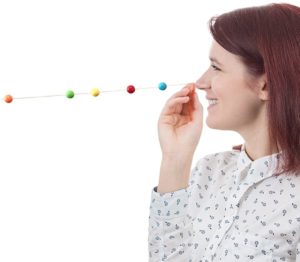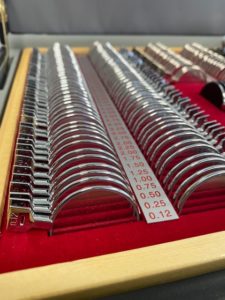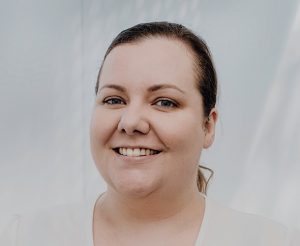A diagnosis of amblyopia can be overwhelming for parents, especially with all of the medical terminology used. This blog article will hopefully answer some of your basic questions, and explain simply what some of the most common terms in amblyopia treatment mean.
The orthoptists role in amblyopia treatment
One of an orthoptists core roles is in the assessment and treatment in children diagnosed with amblyopia.
We do not diagnose this condition, your child’s ophthalmologist or optometrist will do that following a thorough examination of the eye and retina, along with a dilated glasses test (cycloplegic refraction). This condition is not always immediately obvious if a child also has significant glasses need (refractive error) that needs correcting first.
The team at Adelaide Orthoptics work alongside ophthalmologists and optometrists to assist your child to reach their best possible vision level.
What is amblyopia?
Amblyopia is often known as ‘lazy eye’ or ‘lazy vision’ and is fundamentally an underdevelopment of sections of the vision parts of the brain (visual pathway) during the first few years of life. It is not a problem with your child’s eye as such.
There are various causes that can be broken down into the following five categories:
Strabismic – this medical term means that the patient had a misaligned eye and the suppression process used by the brain to prevent the child experiencing double vision results in amblyopia developing.
Anisometropia – this medical term means a significant difference in glasses strength required between the two eyes. Technically the minimal difference to cause this type of amblyopia is 1.00 dioptre. It is a common occurrence that one eye may not need glasses at all.
Meridional/Astigmatic – this medical term relates to patients with significant amounts of astigmatic glasses need having amblyopia.
Ammetropia – this medical term means extremely high glasses needs have caused the amblyopia. In these cases the amblyopia is bilateral and often almost symmetrical in both eyes.
Stimulus Deprivation – this simply refers to something getting in the way of the eye being able to see images. This could be an droopy eyelid that won’t open (ptosis), cataract, pupillary membrane, tumour or something else. All of these causes are very serious, and need rectifying prior to the amblyopia being treated.
The most common types of amblyopia seen in clinics are strabismic and anisometropic, and are often combined together – what is known as ‘mixed-type amblyopia’.
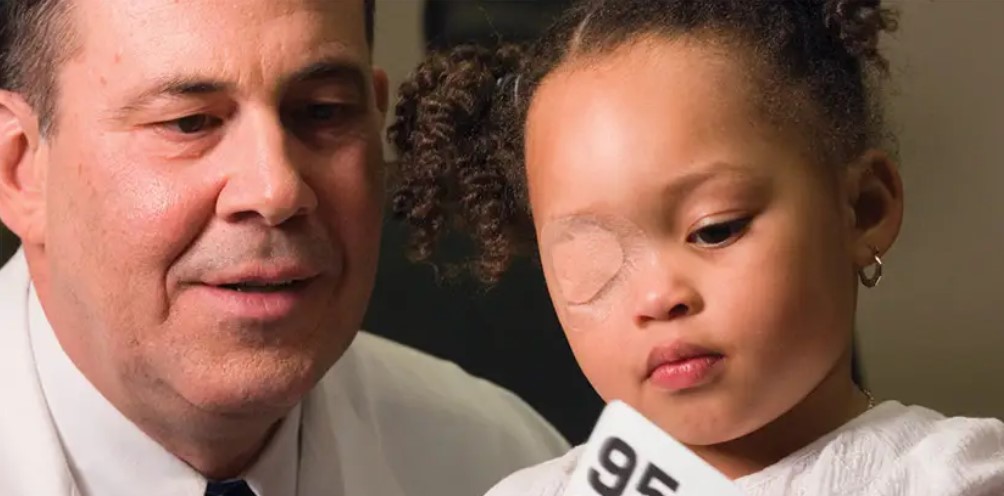
Not all children with amblyopia require glasses, so please disregard the next section is this doesn’t apply to your child.
What is 'Refractive Adaptation'?
The team at Adelaide Orthoptics take pride in ensuring they are working in an evidence based way.
This means that we encourage refractive adaptation to be allowed to take place in all patients, unless they are picked up with amblyopia at a late stage (7+ years) and therefore time pressure starts to play a role in treatment planning.
So what is refractive adaptation? This is the process of allowing patients to have at least 16 weeks (4 months) of full-time glasses wear when they receive their first pair of glasses with an appropriate glasses prescription. There is good quality evidence from multiple scientific journal articles that a significant number of patients will improve their vision during this time, and some will not need eye patching treatment once this time is completed.
This is why we advocate strongly for full-time glasses wear in children, and this equates to 90-95% of a child’s waking hours. We will also stress the ongoing importance of good glasses fit, with no looking over the glasses as this does not count as time worn.
Another thing to note: we have seen many children ‘unadapt’ themselves over time due to glasses falling into disrepair, or a poorly fitting frame being provided by the optometrist.
Amblyopia treatment
There are only 2 scientifically backed treatments for amblyopia once refractive adaptation is completed; eye patching (occlusion therapy) or atropine penalisation.
We ground all of our treatments in high quality evidence, and will make it clear to parents when we are moving away from or adapting ‘standard’ treatment protocols. To be clear, all of our adaptations involve patching or atropine penalisation though, just varying the amounts or combining treatments based on many years of experience working in this field.
Dichoptic Therapy
Dichoptic therapy/treatment is a fantastic newer area for amblyopia treatment, and one that the orthoptic team at Adelaide Orthoptics are very excited about. Our preferred type involves computer games that are tailored to improve the amount the amblyopic (lazy) eye is used compared to the good eye. This type of treatment is not good enough to replace eye patching or atropine penalisation treatment, but is an excellent add on treatment and one we LOVE!
Although the computer based therapy is newer, it has been used in different iterations in the past with red/green glasses and anti-suppression exercises.
Watch out for an article on Dichoptic Therapies and what we recommend in the coming weeks!
